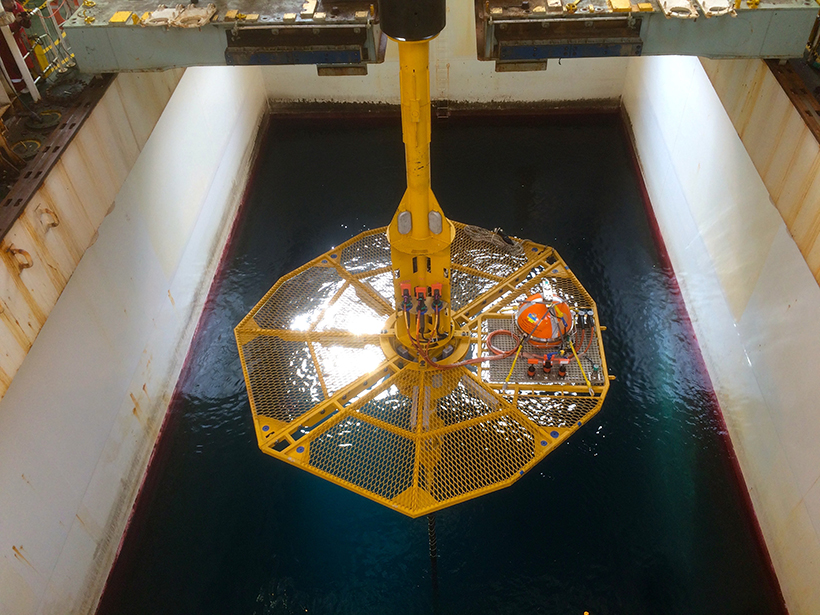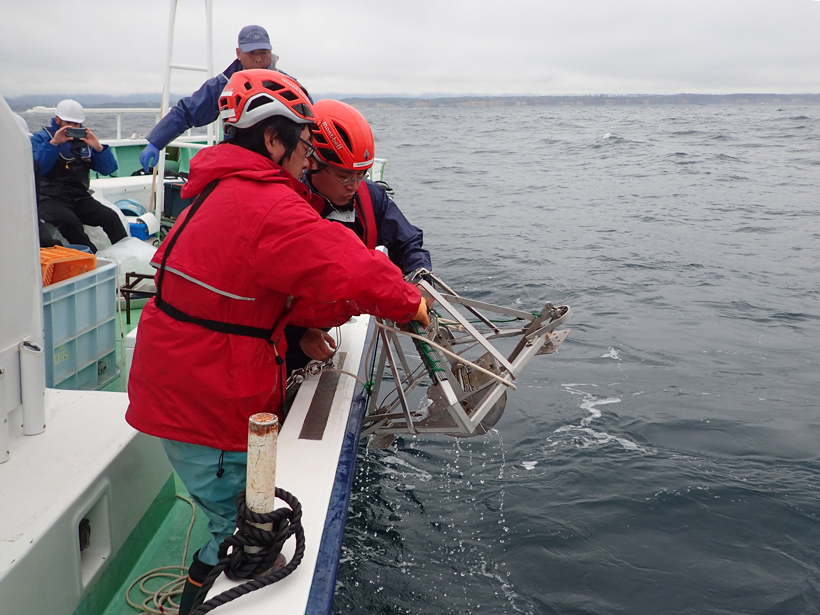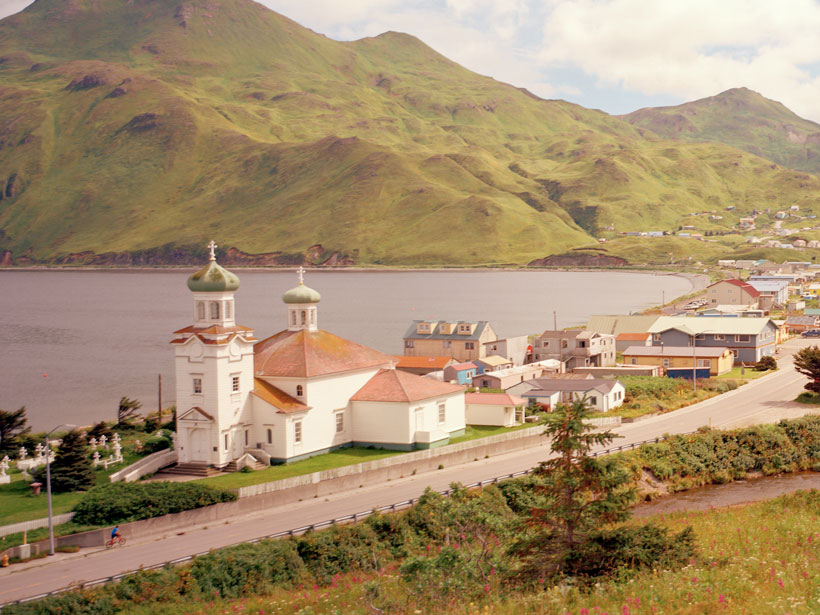Spectators’ health may be jeopardized by high heat loads along the 2020 Olympics marathon course in Tokyo, a bicycle-mounted meteorological survey found.
Japan
In a Submarine Trough, Permeable Rocks May Lead to Quakes
In Japan’s submarine Nankai Trough, rock permeability is much higher when measured at larger scales, likely because of big fractures and faults that are not captured at small scales.
Two Active Volcanoes in Japan May Share a Magma Source
Evidence collected following the 2011 eruption of Japan’s Shinmoedake volcano suggests that the powerful event affected the behavior of an active caldera nearby.
Damage Assessment by Laser Could Focus Postearthquake Response
Airborne lidar surveys taken before and after a powerful 2016 earthquake in Japan revealed the potential for such surveys to identify hard-hit buildings quickly.
The Curious Case of the Ultradeep 2015 Ogasawara Earthquake
Unusual ground motion associated with the deepest major earthquake in the seismological record is due to both its great depth and its origin away from the subducting slab.
IAEA Affirms Japan’s Fukushima-Related Radioactivity Monitoring
Laboratories outside Japan have validated the results. Marine radioactivity levels from the nuclear disaster have fallen, but questions remain years after the meltdown.
Faults off Alaska Look Akin to Those Behind 2011 Japan Disaster
In a seismically quiet segment of Alaska’s subduction zone lie faults with structures similar to those of the system that caused the deadly Tohoku earthquake and tsunami.
Quiet Volcanic Activity Changes Speed of Ambient Seismic Waves
Seismic data collected continuously for 4 years could improve understanding of geological structures that underlie Japan’s Izu Oshima volcanic island.
Subduction, Stratosphere, Starspots, and Sushi
Highlights from AGU’s joint meeting with the Japan Geophysical Union.
Japan-U.S. Joint Meeting: Geoscience for a Borderless World
The groundbreaking conference included sessions in Japanese, sessions in English, and sessions in which presenters used English language slides but could speak in Japanese.










